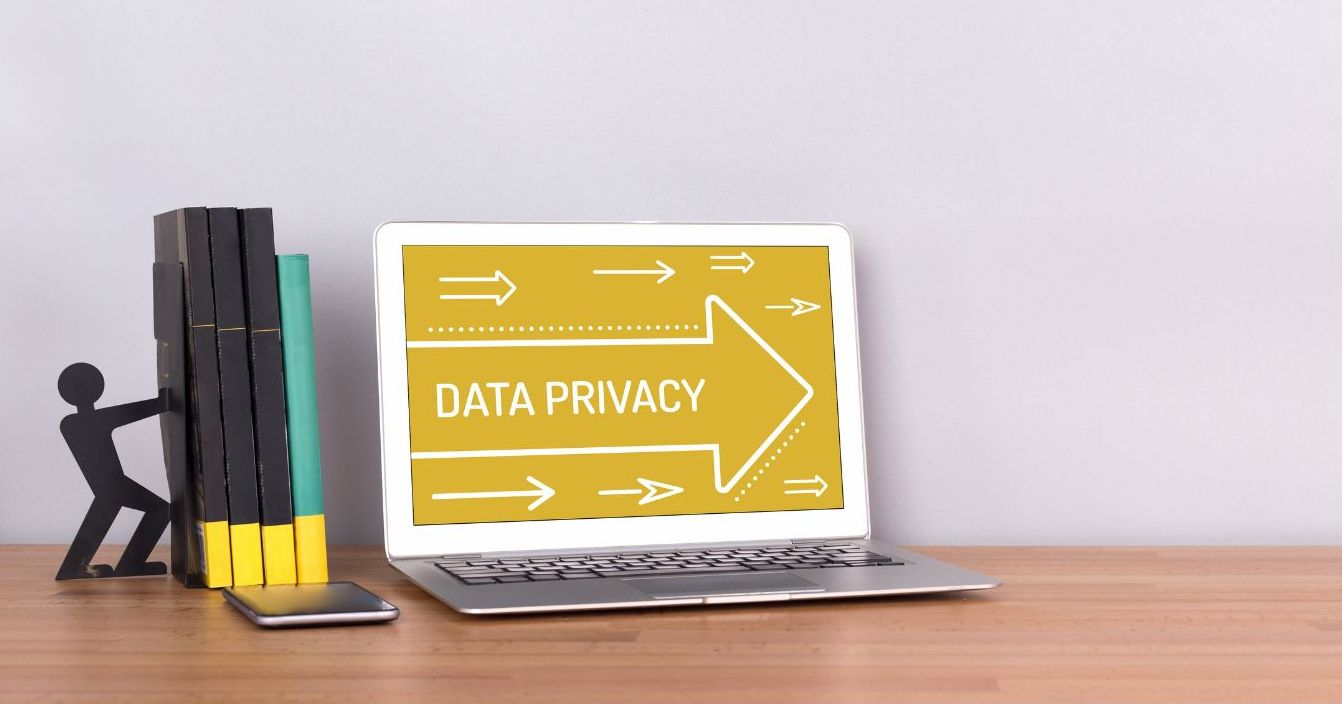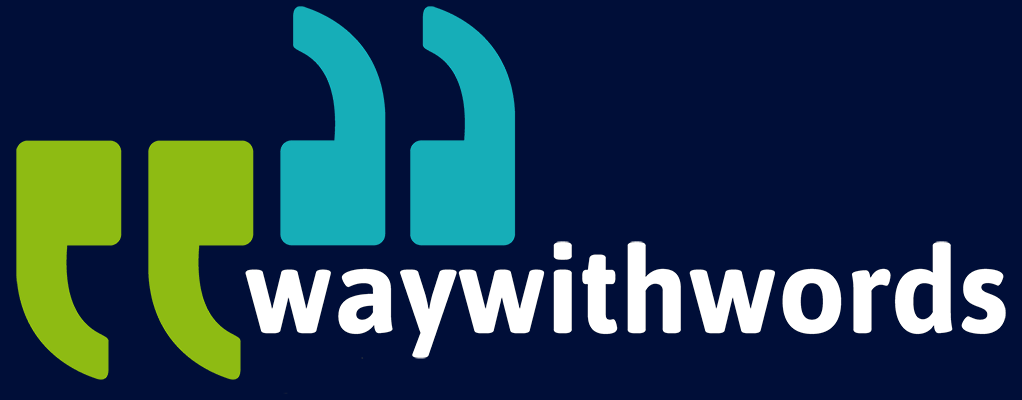How Can Transcription Help Businesses with Compliance and Documentation?
The Role of Transcription in Business Compliance and Documentation
In tightly regulated industries, the importance of having precise, complete, and verifiable documentation simply cannot be overstated. Whether your business operates in law, healthcare, financial services, human resources, or another compliance-heavy sector, being able to present a clear, accurate record of what was said, agreed, or decided is essential—not only to remain compliant but to operate efficiently and transparently.
One of the most underused tools for supporting this goal is professional transcription. Transcription services convert spoken dialogue into structured written records, helping businesses build a strong foundation for their compliance protocols and documentation processes. This is not merely a functional task. Done correctly, transcription serves as the cornerstone of institutional memory, legal defence, accountability, and audit-readiness.
In fact, transcription plays a supporting role in everything from regulatory inspections and staff training, to client communication and strategic planning. When policies shift, regulations are updated, or key staff leave an organisation, having thorough transcripts of meetings and decisions can make all the difference.
But this raises a few key questions:
- How can transcription help ensure our company meets regulatory obligations?
- Are transcripts considered reliable documentation for audits or legal use?
- What are the risks of not transcribing important business communications?
This short guide explores the top 10 ways that transcription supports compliance and enhances documentation across different industries. Each section offers insights into why transcription is more than just a good habit—it’s a vital process for working smarter, staying accountable, and protecting your organisation’s interests.
Stay with us as we unpack the deeper benefits of transcription, and how your business can use it to reinforce its foundations and thrive under scrutiny.
Transcription Compliance & Documentation Guides
1. Meeting Legal and Regulatory Compliance Standards
For any organisation operating under industry regulations, the ability to demonstrate that procedures were followed and communications were conducted appropriately is vital. Regulatory bodies such as the Financial Conduct Authority (FCA), the General Medical Council (GMC), and data protection authorities like the Information Commissioner’s Office (ICO) in the UK require firms to maintain detailed, accurate records.
Transcription helps businesses fulfil these obligations by converting verbal communications—meetings, phone calls, interviews—into clear, structured, time-stamped documentation. This ensures a complete record of decisions, actions, and dialogues that can be produced on demand for compliance inspections.
It also provides protection. In cases where regulators question processes or communications, having an accurate transcript to support your claims can help resolve concerns swiftly. For sectors such as healthcare or legal services, where poor record-keeping can have direct consequences for people’s lives or legal outcomes, the ability to produce written records from spoken interactions is not only helpful, but often expected.
Moreover, transcription allows organisations to build internal transparency. It helps create a culture of accountability, in which every key conversation or strategic decision is preserved, auditable, and clear.
Key points:
- Provides accurate documentation of regulated communications
- Supports compliance with GDPR, HIPAA, FCA, and other frameworks
- Allows traceability and transparency for regulatory reviews
- Reduces risk of penalties or sanctions from missing documentation
- Builds internal systems that align with compliance requirements
2. Accurate Documentation for Audits
When a business is selected for an audit, either internal or external, the quality of its documentation often determines the ease and success of that process. Auditors want to see a detailed trail of decisions, communications, and procedures. If key information is missing or recorded in vague, incomplete notes, the business could face unnecessary scrutiny, reputational damage, or even fines.
Transcripts offer a dependable solution. By providing full, time-stamped documentation of meetings, financial discussions, compliance checks, and interviews, transcription allows businesses to demonstrate consistency and clarity. Audio recordings alone aren’t always practical for audits—they require time to review and may lack structure. Transcripts, on the other hand, are easy to scan, quote, and include in official reports.
For example, during a financial audit, a company might be asked to show the rationale behind a budgeting decision made six months ago. If that decision was discussed in a board meeting, and the meeting was transcribed, the business can quickly produce a verbatim record of the discussion. This reduces delays, improves the quality of evidence, and shows the auditor that the organisation takes its documentation responsibilities seriously.
In highly regulated sectors like pharmaceuticals, financial services, and insurance, audits are a regular part of operations. By integrating transcription into day-to-day business practices, companies create a proactive audit trail rather than scrambling to recreate one when the time comes.
Key points:
- Transcripts offer reliable, full-text records for audits
- Reduce the administrative burden during audit preparation
- Minimise the risk of non-compliance through incomplete documentation
- Provide evidence of historical decisions and actions
- Improve communication between departments during audit cycles
3. Managing Sensitive and Confidential Information
Transcription services, especially those that specialise in legal, HR, and healthcare content, are crucial for managing sensitive or confidential information appropriately. In many situations, audio recordings of interviews, consultations, or internal investigations contain personally identifiable or privileged information. Handling these recordings requires great care and compliance with applicable data protection laws.
Professional transcription providers often implement robust security protocols, including encrypted file transfers, restricted access, non-disclosure agreements for transcribers, and secure data storage systems. These measures ensure that sensitive information remains protected throughout the transcription process and after delivery.
For businesses, this adds a layer of legal and ethical protection. It also streamlines internal practices by replacing ad hoc notes or incomplete summaries with secure, full transcripts. These records can then be referenced or stored according to internal policy or compliance standards.
Key points:
- Maintains the confidentiality of HR, legal, and healthcare communications
- Ensures compliance with data protection laws like GDPR
- Provides a secure method of handling sensitive internal recordings
- Reduces reliance on potentially insecure or informal note-taking
- Builds trust in internal processes involving private data

4. Supporting Verifiable Documentation in Legal Matters
Legal disputes can arise without warning and often require businesses to prove exactly what was said, promised, or agreed upon during critical moments. Whether it’s a contractual disagreement, employment tribunal, or customer complaint, having verifiable records of conversations can make a significant difference in the outcome.
Transcripts act as legally admissible documentation in many jurisdictions. They provide a complete, word-for-word record of meetings, calls, or consultations, which can be reviewed by legal teams and submitted as evidence in formal proceedings. Unlike memory-based accounts or rough notes, a well-prepared transcript can help establish the facts of the case without ambiguity.
Moreover, transcription is a powerful preventative tool. Knowing that a meeting or conversation is transcribed encourages professionalism, discourages misconduct, and provides clarity that helps resolve conflicts before they escalate.
For legal teams, transcripts also streamline their workload. Reviewing written text is much faster and more efficient than listening to long audio files, especially when multiple stakeholders need access to the information quickly.
Key points:
- Serves as legally admissible documentation for internal and external investigations
- Establishes a clear, unbiased record of important conversations
- Reduces reliance on memory or handwritten summaries
- Helps prevent legal misunderstandings and disputes
- Provides efficiency and clarity for legal teams reviewing cases
5. Improving Record-Keeping Across the Business
Effective record-keeping underpins every well-run business. When records are clear, consistent, and accessible, decision-making improves, audits are less stressful, and compliance becomes part of everyday operations. Transcription plays a central role in strengthening this process.
By creating a written record of spoken interactions, businesses can create structured archives of meetings, strategy sessions, training events, disciplinary hearings, and client calls. These records can then be filed, indexed, and searched to retrieve specific details when needed. This kind of documentation also helps maintain institutional memory, particularly as teams grow or change.
Having transcripts available ensures that everyone within the organisation operates with the same information. This supports cross-functional alignment, improves internal reporting, and provides continuity over time. Whether you’re reviewing a product decision from last quarter or onboarding a new executive, well-organised transcripts make knowledge sharing easier and more accurate.
Key points:
- Strengthens organisational memory and knowledge sharing
- Enables consistent record-keeping across departments
- Improves searchability and access to historical decisions
- Reduces duplication of effort by centralising information
- Supports effective collaboration with a shared reference point
6. Enhancing Transparency for Stakeholders
Transparency is no longer a luxury—it’s an expectation. Clients, partners, board members, and regulators increasingly expect to be kept in the loop about key business decisions, especially in high-stakes industries. Transcription allows businesses to demonstrate this transparency by providing full records of meetings, decisions, and strategies.
Stakeholders can refer to transcripts to confirm what was discussed, track the progress of action items, and ensure they are aligned with the organisation’s direction. This reduces misunderstandings and fosters trust. Internally, staff at all levels benefit from clear documentation that demystifies the decision-making process.
When shared appropriately, transcripts can also show that a business is committed to honesty and good governance. This is particularly valuable in industries where compliance and accountability are integral to brand reputation.
Key points:
- Builds trust by documenting and sharing key communications
- Enhances clarity for internal and external stakeholders
- Strengthens reputation for integrity and good governance
- Improves accountability and follow-through on actions
- Reduces miscommunication by keeping everyone on the same page
7. Training and Internal Policy Reviews
Training is essential for keeping employees up to date with industry practices, compliance obligations, and company policies. But without proper documentation, the value of training sessions can quickly be lost. Transcribing training meetings, workshops, and onboarding sessions ensures the information delivered can be referenced long after the session ends.
Having written records of training allows businesses to create resource libraries that can be revisited, updated, and shared. This is especially useful in regulated industries where demonstrating that employees were trained on specific policies or procedures is a compliance requirement.
Transcripts also help during policy reviews. They provide insight into how policies were explained and received, which can inform better communication and revisions. This means staff aren’t left second-guessing procedures, and the business can demonstrate a strong commitment to continuous improvement.
Key points:
- Creates long-term training resources from one-time sessions
- Helps demonstrate compliance with staff education requirements
- Informs better policy communication and updates
- Improves learning by offering searchable, written references
- Supports onboarding by making content available on demand
8. Supporting HR Investigations and Disciplinary Processes
HR departments frequently deal with complex and sensitive situations. These can include workplace disputes, grievances, allegations of misconduct, and formal disciplinary hearings. In such cases, having a precise and unbiased record of discussions is crucial.
Transcription allows HR teams to document interviews, internal investigations, and hearings with full accuracy. This reduces ambiguity, ensures fairness, and protects both the employee and the employer. If challenged, the organisation can provide a clear transcript showing that appropriate procedures were followed.
It also allows multiple parties—such as managers, legal counsel, or union representatives—to review the same information without having to sit through audio recordings or rely on second-hand accounts. This improves consistency and helps reinforce trust in HR processes.
Key points:
- Documents sensitive discussions with precision and neutrality
- Supports a fair and transparent HR process
- Aids legal compliance with employee relations procedures
- Allows shared access for review by relevant parties
- Protects the organisation in case of dispute or appeal

9. Making Verbal Agreements Traceable
Many business decisions and commitments are made during phone calls, impromptu meetings, or informal conversations. While these verbal agreements often guide next steps, they can easily be forgotten, misremembered, or misinterpreted.
Transcribing these interactions turns informal exchanges into documented agreements. When everyone has access to the same written record, there’s no ambiguity about who said what or what was promised. This strengthens communication, improves follow-through, and helps prevent potential disagreements from escalating.
In legal terms, having a written transcript of a verbal agreement can provide useful evidence, even if the conversation itself wasn’t intended to be formal. It also supports internal accountability by tracking decisions across departments or between team members.
Key points:
- Clarifies verbal agreements to prevent miscommunication
- Provides a reference for follow-ups and task management
- Supports legal defensibility if a dispute arises
- Encourages accuracy and responsibility in decision-making
- Reduces reliance on memory or handwritten notes
10. Ensuring Continuity During Staff Changes
Staff turnover is a normal part of business life, but without a proper handover, important knowledge and context can be lost. This creates risks for ongoing projects, regulatory obligations, and client relationships. Transcripts help bridge this gap by preserving what was discussed, agreed, or planned before a person leaves a role.
When meetings and conversations are transcribed, new hires can catch up quickly, projects can continue seamlessly, and regulatory requirements aren’t jeopardised by a change in personnel. This is particularly important in high-compliance environments where consistent documentation is required regardless of who holds a specific position.
Transcripts also form part of succession planning. They provide context, show the rationale behind past decisions, and help new team members make informed choices based on accurate historical information.
Key points:
- Preserves institutional knowledge during staff transitions
- Reduces onboarding time for new employees
- Maintains compliance continuity despite personnel changes
- Supports consistent delivery of services and projects
- Enhances long-term planning and decision-making
Key Tips for Using Transcription for Compliance and Documentation
To make the most of transcription as a tool for improving compliance and documentation, consider the following practical tips:
- Use transcription services with industry-specific experience: Choose providers who understand the terminology, sensitivity, and formatting standards relevant to your sector—whether that’s healthcare, legal, or finance.
- Ensure transcripts are securely handled and stored: All transcripts should be encrypted, securely stored, and only accessible to authorised personnel. Check your provider’s data handling policies to ensure GDPR and confidentiality compliance.
- Standardise transcript formats across your organisation: Create templates for different types of transcripts (e.g., meetings, interviews, disciplinary hearings) to ensure consistency and make reviewing and sharing more efficient.
- Integrate transcription into your workflow proactively: Don’t wait for an audit or legal issue to begin transcribing key communications. Incorporate transcription into your regular operations to build a robust audit trail in real time.
- Train staff on when and how to use transcription: Help team members understand the value of transcription, what types of content should be transcribed, and how to request or use transcripts effectively.
Transcription is no longer a nice-to-have feature for businesses—it’s a strategic necessity. From regulatory compliance and legal defence to better communication and internal continuity, transcription supports the operational backbone of organisations that value accuracy and transparency.
Across the ten areas we’ve explored—compliance, auditing, confidentiality, legal preparation, record-keeping, stakeholder transparency, training, HR processes, verbal agreements, and staff transitions—it’s clear that transcription services provide more than just text. They provide peace of mind, accountability, and a layer of clarity that benefits every part of your organisation.
By choosing secure, high-quality transcription services, businesses can not only reduce risk and improve compliance but also operate with greater confidence and consistency. When regulations change, teams grow, or disputes arise, you’ll have the transcripts to back you up—every time.
Final advice: Embed transcription into your business processes now—not later. It’s one of the simplest ways to ensure your documentation stands up to scrutiny and your operations run more smoothly.
Transcription Compliance Resources
Regulatory Compliance (Wikipedia): This resource explains the importance of regulatory compliance and how transcription services contribute to meeting these requirements in a structured and verifiable way.
Way With Words: Transcription Services: Way With Words provides expert human transcription and tailored services across sectors, ensuring accuracy, security, and reliability—especially for compliance-sensitive material.
